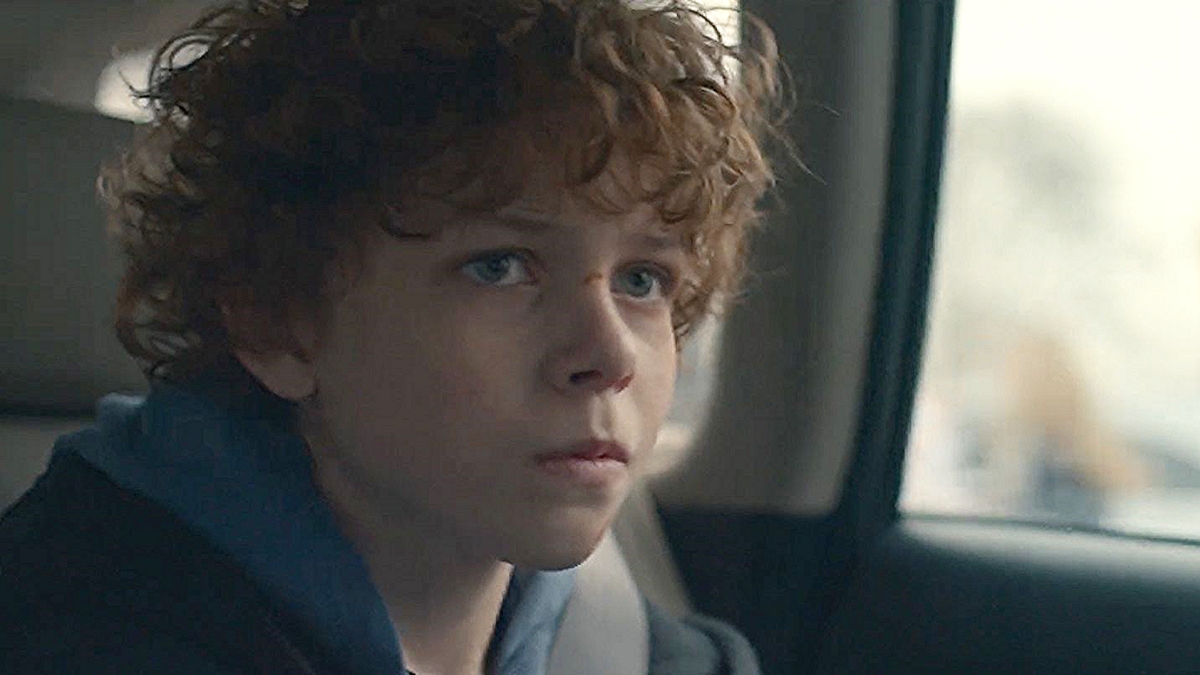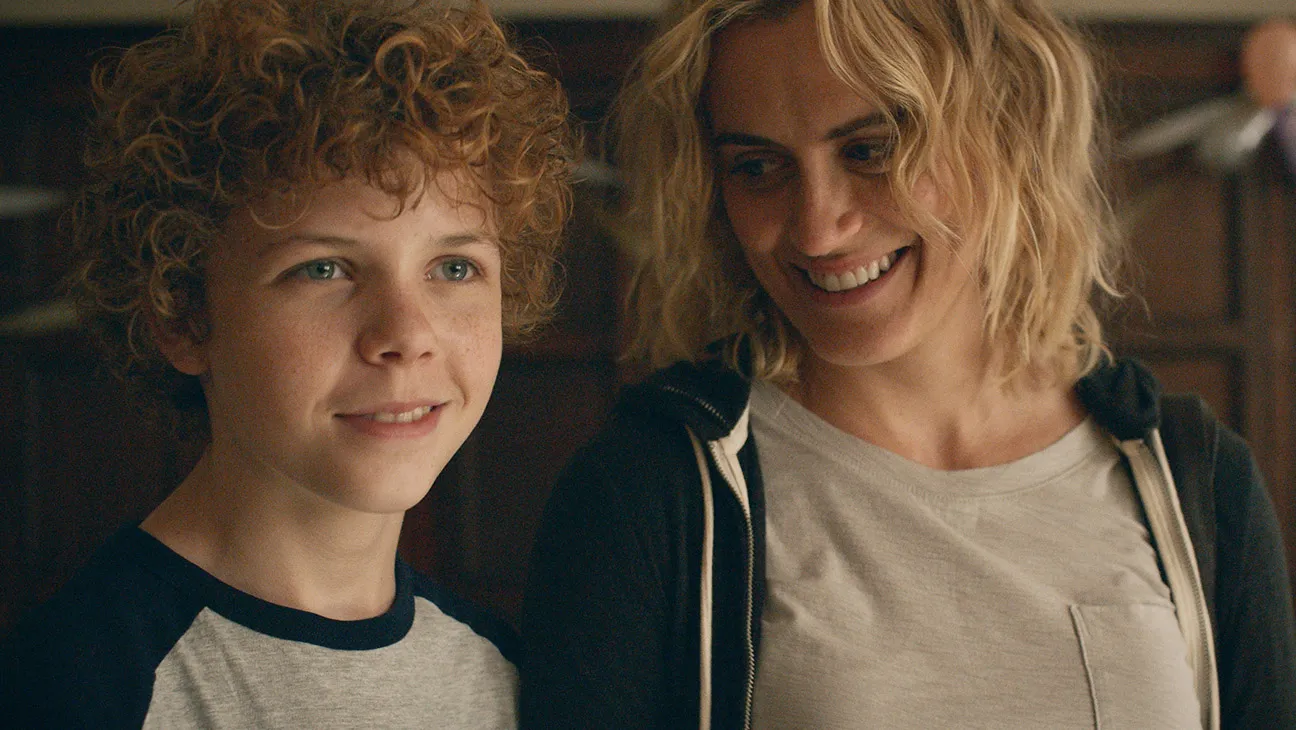It only takes a couple of episodes to determine if Dear Edward, an adaptation of Ann Napolitano’s novel, will resonate with viewers. For some, the show’s heavy emotional layering and ensemble structure may feel overwhelming, while others may find it compelling.
Helmed by Jason Katims, known for Friday Night Lights and Parenthood, the series carries his signature approach to storytelling: a deeply emotional, interconnected narrative. Despite strong performances and solid production, the series struggles to maintain balance, often feeling heavy-handed and overpopulated with storylines, which can hinder viewer investment.
At its core, Dear Edward revolves around a young boy named Edward, the sole survivor of a devastating plane crash that kills everyone else onboard, including his parents and older brother. Edward, portrayed by Colin O’Brien, is sent to live with his aunt and uncle in upstate New York, who themselves are grappling with marital challenges.
The show follows his adjustment to this new life while simultaneously exploring his grief and identity. O’Brien delivers a nuanced performance, effectively capturing the emotional complexity of a child dealing with unimaginable loss. However, some supporting characters, such as his aunt, are underdeveloped in the early episodes, limiting their narrative impact.
Multiple Interwoven Storylines Offer Emotional Depth But Risk Narrative Overcrowding
Beyond Edward, the series tracks the lives of other families affected by the crash. These include a pregnant woman mourning her new love, a young political aide whose grandmother and mentor dies, a man traveling from Ghana to care for his orphaned niece, and a society woman uncovering her husband’s secret double life.
While this sprawling ensemble provides opportunities for varied storytelling, it also creates a crowded narrative, making it difficult for viewers to fully engage with any single character or storyline. Some plots intersect, while others remain isolated, adding to the show’s structural complexity.

The show’s primary strength lies in its moments of emotional resonance. Edward’s story, along with Connie Britton’s portrayal of the society woman, Dee Dee, stand out as particularly compelling. Katims’ experience allows him to craft three-dimensional characters who feel relatable and authentic.
Edward’s backstory as a child genius and his family dynamics draw viewers into the central tragedy, while Britton skillfully conveys confusion, anger, and guilt as her character navigates the shocking revelations about her husband. These storylines allow audiences to immerse themselves fully, highlighting the potential for emotional depth within the series.
Overcrowded Storylines Prevent Characters From Receiving The Development They Truly Deserve
However, the series’s biggest flaw is its inability to give each character adequate development. With so many storylines vying for attention, viewers often struggle to form meaningful connections with most characters. This fragmentation can diminish the impact of emotionally charged moments, as the audience may not feel invested enough to be moved. While the ensemble approach offers variety, it risks overwhelming viewers and diluting the narrative focus. For those seeking a tighter, more character-driven drama, Dear Edward can feel exhausting rather than engaging.
Dear Edward is a show that will undoubtedly find its audience—especially among viewers who appreciate emotionally heavy ensemble dramas. Yet for others, its crowded narrative and sporadic character development hinder full engagement. With fewer characters and more focused storytelling, the series could have achieved greater impact.
Nonetheless, Edward’s journey and Britton’s performance provide standout moments that justify the show’s watchability for those drawn to its emotional intensity. Ultimately, Dear Edward exemplifies both the promise and pitfalls of large ensemble dramas: powerful storytelling is possible, but only when the audience has the time and space to care about the characters involved.



